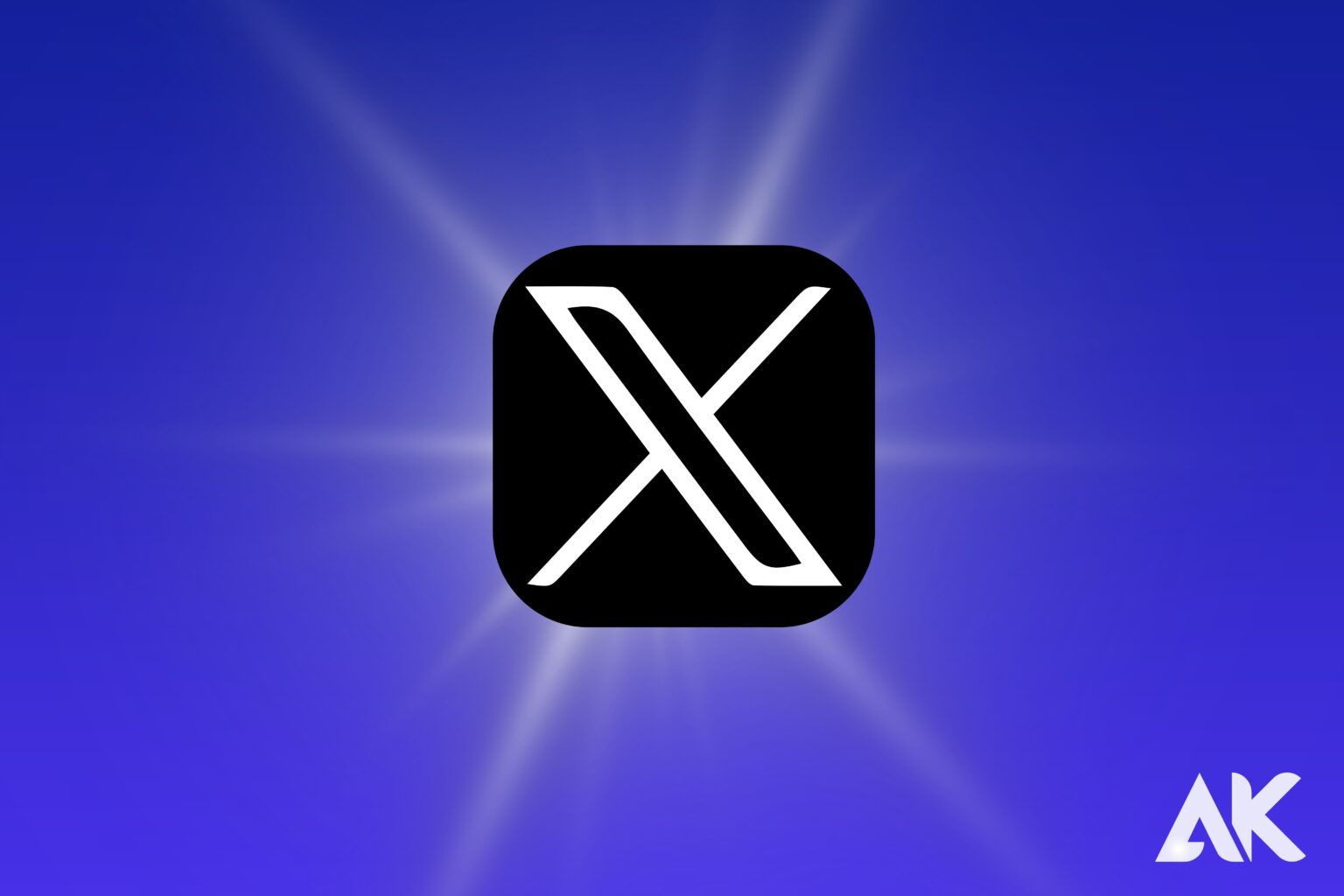Elon Musk officially modified the Twitter logo during his recent takeover, and it couldn’t be more different from that cheerful bird. A simple ‘X’ has replaced it, which marks the end of the Twitter brand. Where the old logo was entirely based on circles, this one has only lines.
The font was chosen by Musk following suggestions provided on Twitter. It appears to have been contributed by Sawyer Merritt, who claims that the typeface it is based on was discovered online. And, in fact, it looks extremely similar to the Special Alphabets – Unicode Mathematical Double-Struck Capital X.
Without the bird, the name ‘Twitter’ makes little sense, and are messages still called ‘tweets’? Time will tell what’s up for Twitter, both as a brand and a platform, but the X certainly brings a very different energy from what came before. The new X logo design is ‘very Elon Musk’, as we explored in our article.
Elon Musk unveiled a brand-new X logo in black and white to replace the Twitter logo blue bird.
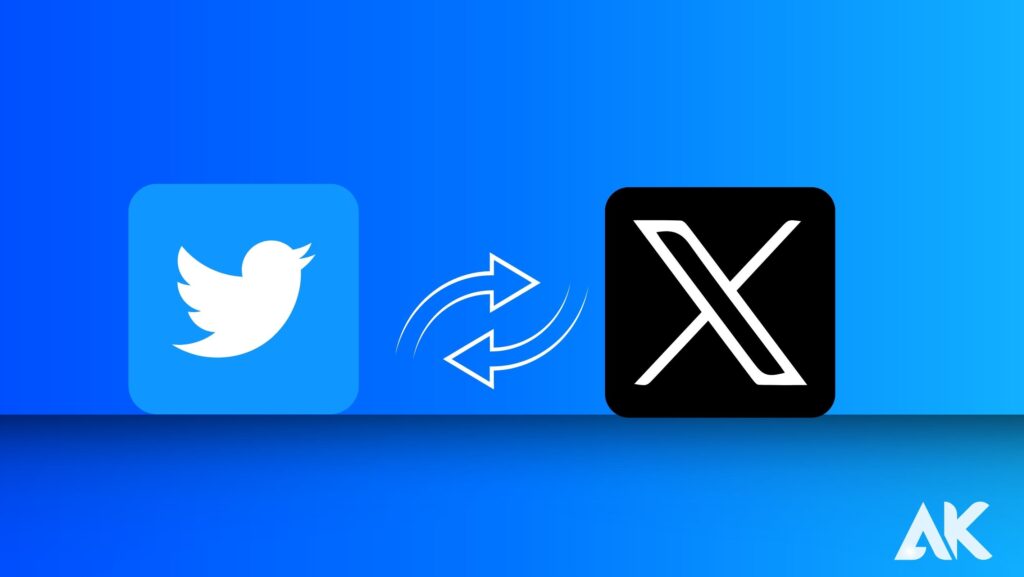
Goodbye, Twitter. Hello, X.
As part of a significant update of the social media company he bought for $44 billion in 2017, Musk has introduced a new “X” logo to replace Twitter’s iconic blue bird.
Xes started appearing on Twitter’s desktop app on Monday, but the bird remained dominant on Twitter’s smartphone app. Workers at Twitter’s headquarters in San Francisco, meanwhile, were seen removing the iconic bird and logo until police showed up on Monday and halted the removal because they didn’t have the required permits and failed to tape off the sidewalk t
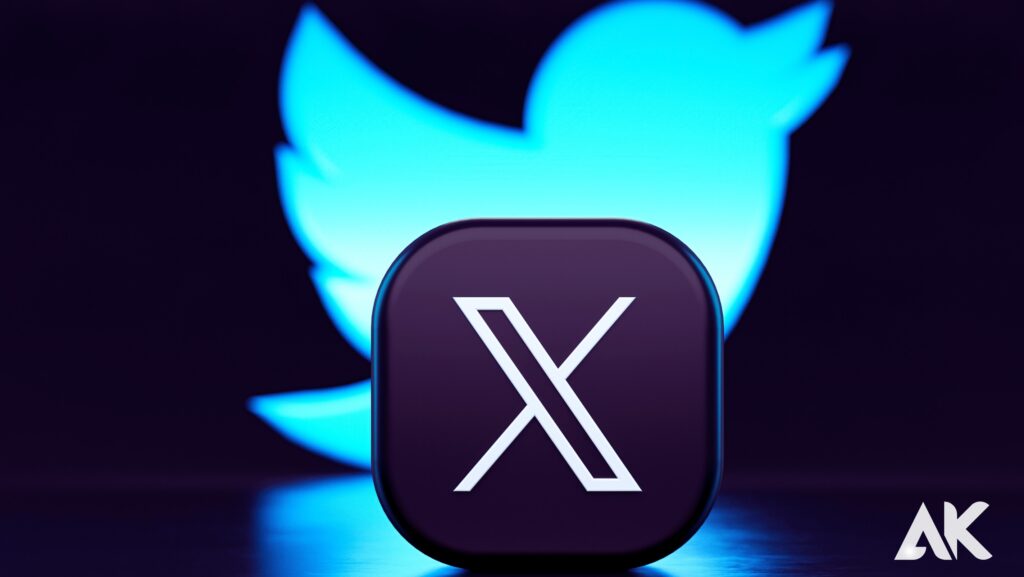
The most recent legal opponent of Elon Musk is a non-profit organization that investigates hate speech and false information on social media.
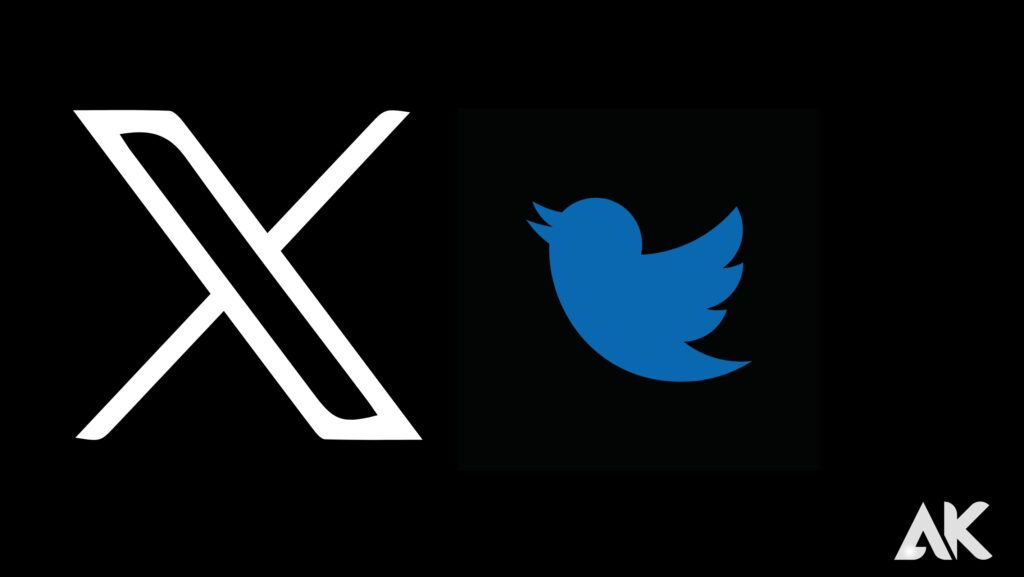
X Corp., formerly known as Twitter, threatened to sue the Center for Countering Digital Hate, or CCDH, on July 20. According to the complaint, the CCDH made “inflammatory, outrageous, and false or misleading statements about Twitter” and conspired to smear the company and its owner in order to drive advertisers away from Twitter.
Following Musk’s buyout, CCDH published research in June that examined the spread of hate speech on Twitter. In a study of 100 separate Twitter Blue-subscribed accounts, CCDH discovered that 99% of the subscribers’ hate speech went ignored by X Corp., and the study raised the issue of whether the algorithm of the social media site favors “toxic tweets.”
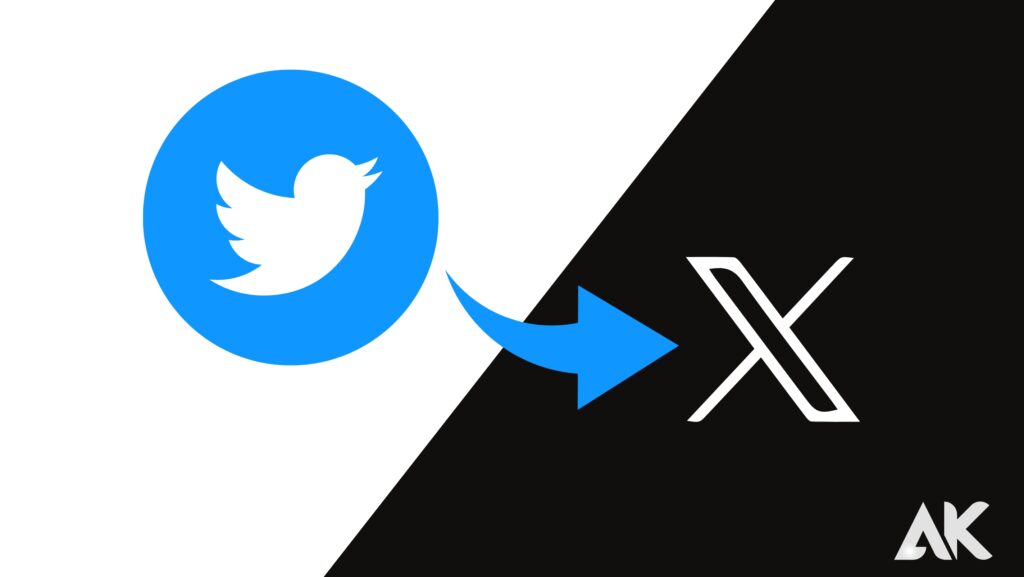
According to other CCDH research, the social media platform failed to address 89% of anti-Jewish hate speech and 97% of anti-Muslim hate speech.
‘The opposition to change tends to dissipate’
However, despite all the emotional responses, some experts believe Twitter’s rocky transition to X may not be a long-term problem.
Kuram Zaman, founder, and CEO of Fifth Tribe, a digital strategy and branding agency based in Washington, DC, suggests that most backlashes towards change are only temporary. He mentions the logo redesigns for Airbnb and Kia, both of which were mocked and caused confusion. Nevertheless, it is important to remember that while such critique may initially be strong, it is not necessarily a bad thing as customers will eventually accept the changes. Therefore, brand modifications can be seen to have an upside in the long term as any negative responses should die down with time.
“I don’t see any evidence that consumers’ buying behaviors have changed just because of a name change,” Baeza says. Perhaps this all becomes earned media, with no real detrimental effects, to kick off a reinvention of Twitter. Maybe this will be just what it needs to break through the stagnation of recent years.”
In fact, even though Meta’s rebranding drew initial criticism, the company’s revenue exceeded Wall Street targets in the second quarter of 2023, and Meta is forecasting more growth.
The timing of Musk’s announcement may point to a concerted strategy, Sause and Ciancio agree. It occurred shortly after Meta launched Threads, which at the time dominated the media cycle as ‘the Twitter killer’.
“Maybe it’s part of the media strategy, and he may change it back tomorrow,” says Ciancio, “but even if there’s no plan, he’s definitely changing the conversation.”

